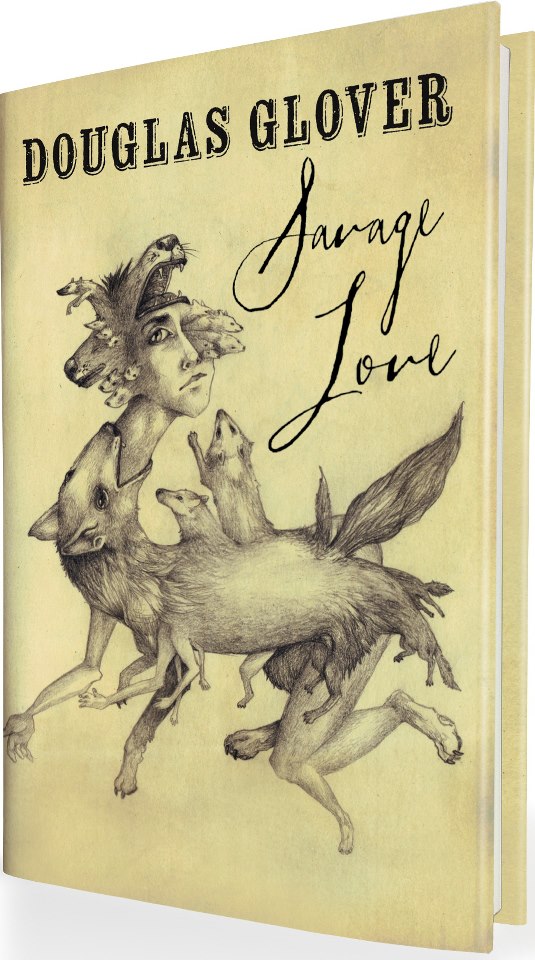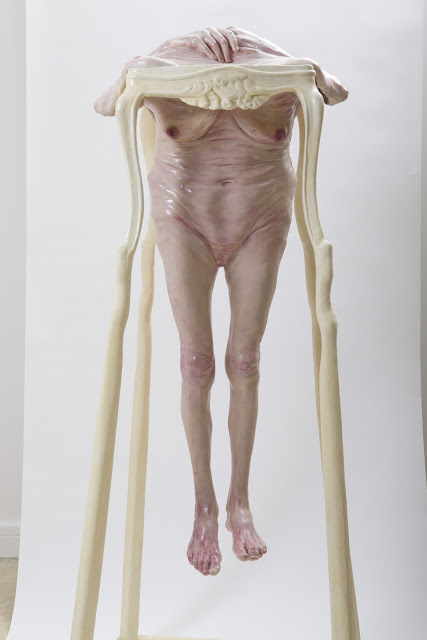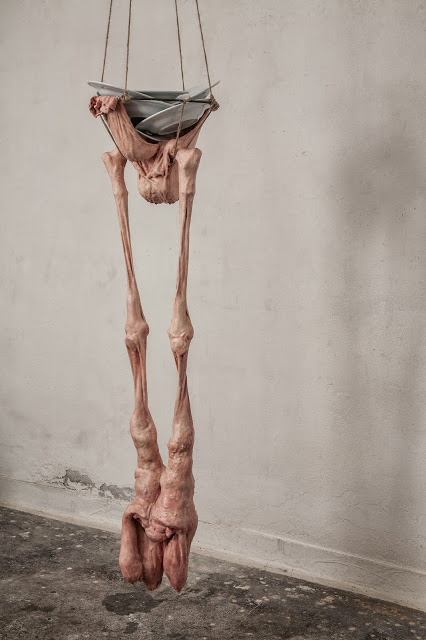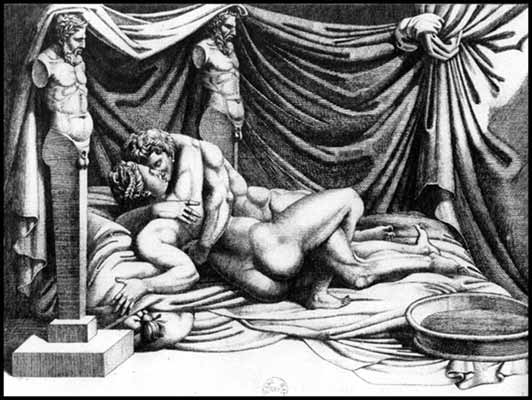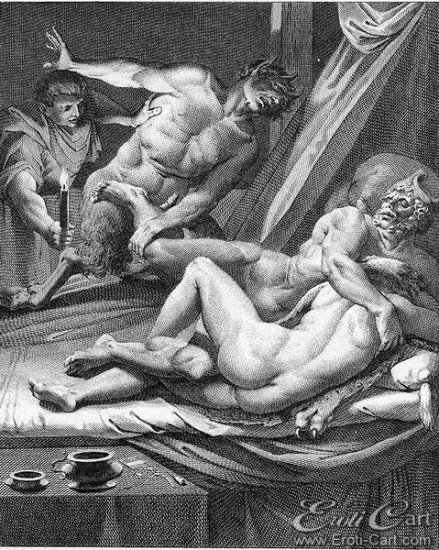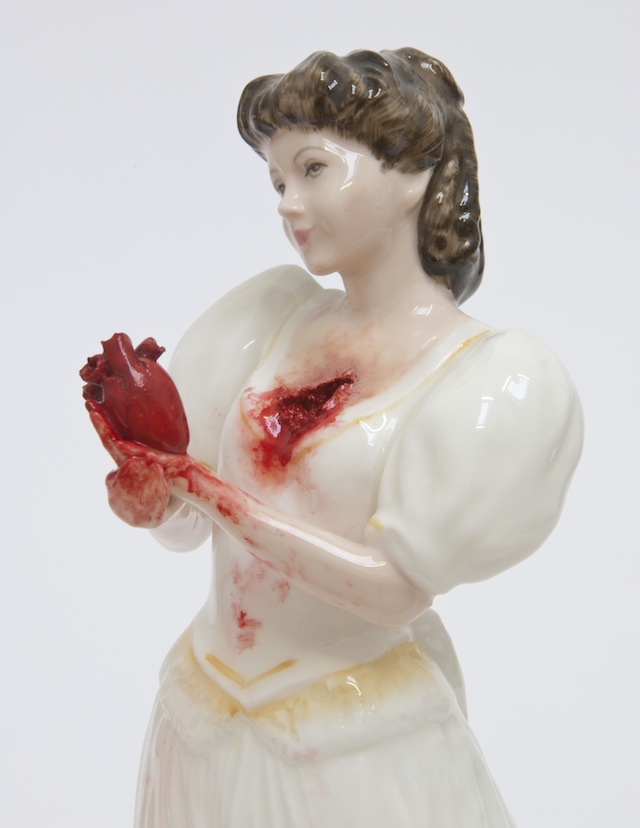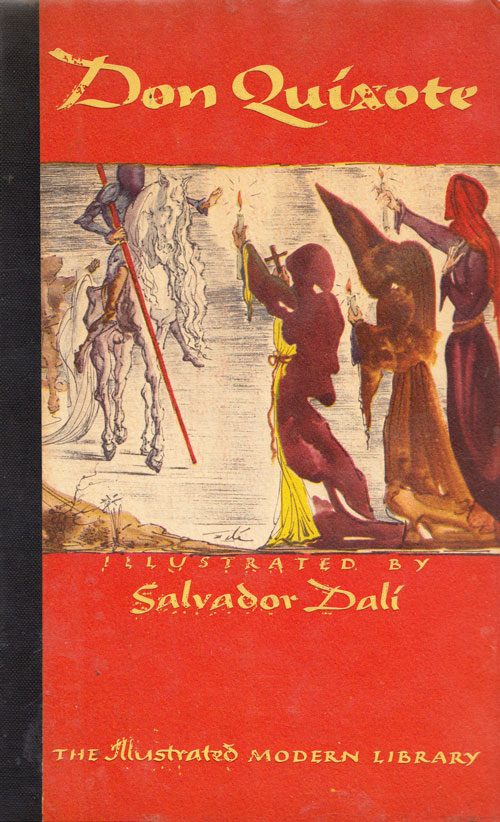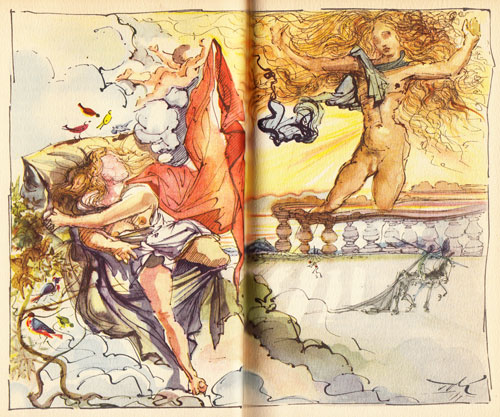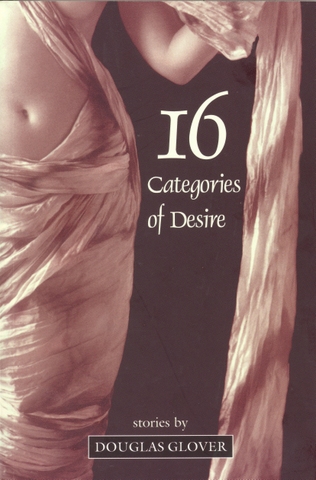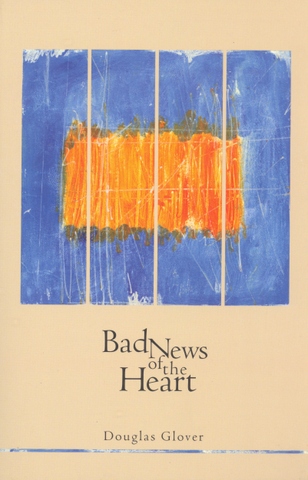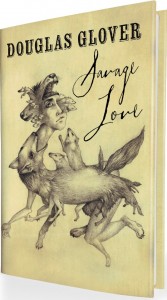Great post up at Jacobin today by Sam Gindin on, among other things, the lack of politically effective art today.
Part of the problem is a lack of ambition in both politics and art—the left seeming, especially since the 1990s, unable to proffer sufficiently ambitious radical projects:
The primary focus on protest carried with it an inclination to ignore and in some cases even scoff at seriously considering what it would take to fundamentally challenge capitalism and eventually replace it. Unable to think big, these protests have increasingly been unable to even win small. Unable to act more ambitiously, they are largely limited to defensively protesting the latest specific attack on our lives.
Gindin bemoans the lack of progress since the potential watershed of 1968. Drawing on Brecht’s confrontation of fatalism, Gindin suggests good activist art must re-embrace the somewhat abandoned Marxist critique of capitalism. Without it, an artist falls into disillusionment as easily as your average neoliberal young thinker-consumer. Gindin is not reinventing the wheel, here, but placing an important emphasis on the problem of fatalism, of falling into the neoliberal fallacy that capitalism is the only possibility:
It would be a shame if art, taking fatalism as a fixed reality, was reduced to consoling us in our despondency. On the other hand, it would be naïve to expect too much from art. Though the years since Berger issued his challenge have confirmed that the soul-destroying world that capitalism more and more offers us is a fundamental barrier to human development, art itself cannot overcome this situation. Art can move us emotionally and intellectually, but however valuable it can be in this regard it cannot on its own transform the power relations of society. Such a radical change demands the development of radical political institutions and practices. Addressing this means that artists have to step out beyond their studios and workplaces to act in the world as directly political people.
Activist art must become both grounded in everyday life and embrace the incertitude of “possibility and experimentation” (Gindin’s words—I would suggest Keats’ negative capability). Until then, Gindin says, art will remain a “shill for the status quo.”

Read the rest at Jacobin Magazine.
—Tom Faure





